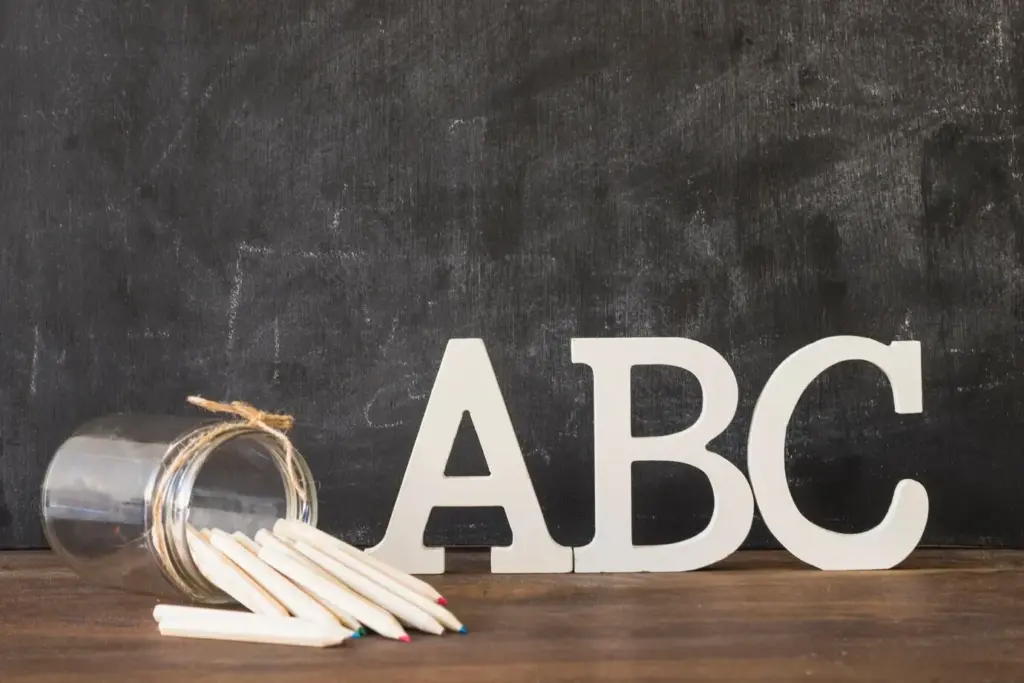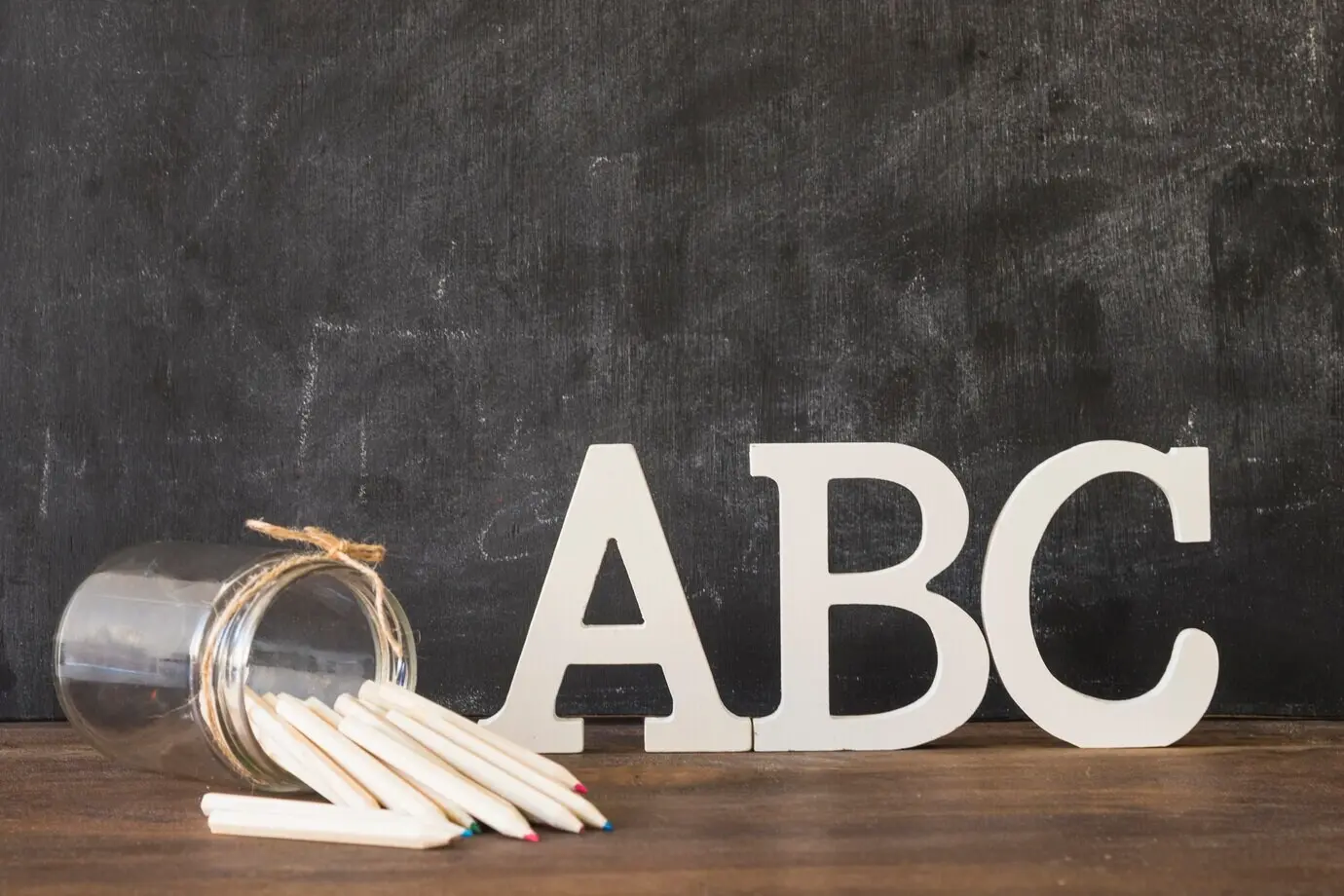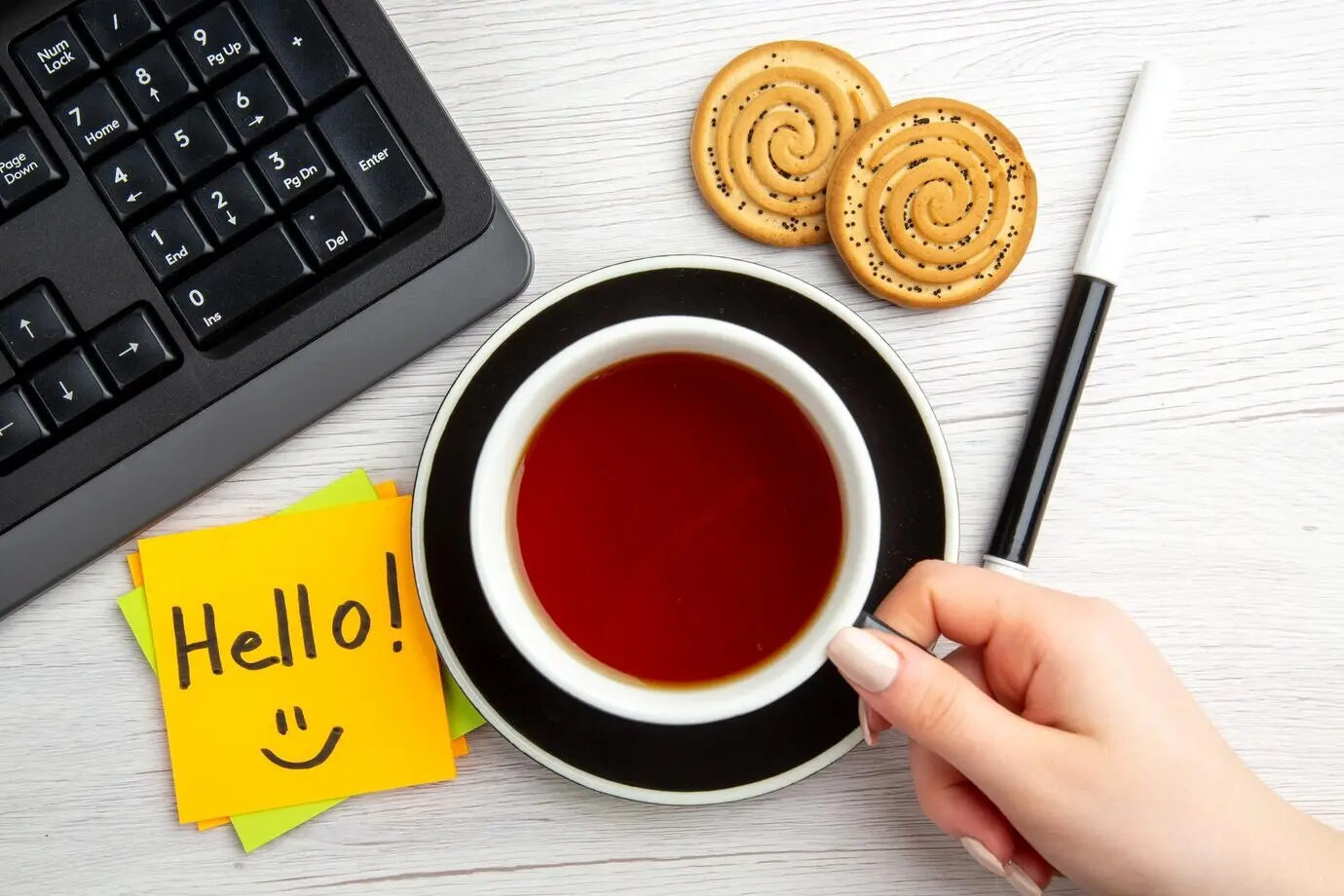Watch, Listen, Understand: A Joyful Path to Fluent Ears
Why Screen and Sound Accelerate Comprehension




Films that Train the Ear




Music as a Memory Multiplier
Podcasts for Real-World Speed
Blending French and Spanish without Confusion

Scheduling to minimize code-switch fatigue
Alternate focus days: Monday, Wednesday, and Friday for Spanish listening; Tuesday and Thursday for French. Keep weekends flexible for fun viewing only. This pattern respects cognitive recovery while maintaining momentum. If energy dips, shorten sessions, not frequency. Consistency matters more than heroics, protecting motivation and helping your brain file sounds into the right mental folders.

Contrastive listening drills
Play a French clip, note liaison and nasal vowels, then a Spanish clip highlighting clean vowels and syllable timing. Write one or two contrasts after each pair. By deliberately noticing differences, you reduce cross-language interference and sharpen category boundaries. Over weeks, your ear assigns features automatically, preventing mix-ups even when speakers talk very quickly.

Personal signals that prime the right language
Use simple cues: a specific headphone color, a distinct playlist cover, or a ritual phrase to start sessions. Tiny signals trigger the appropriate sound system, preparing attention and expectations. This may feel playful, yet it lowers friction and steadies focus. Add a quick recap note afterward to cement the language context and lessons learned.
Tracking Progress and Staying Motivated




Tools and Apps to Supercharge Practice

